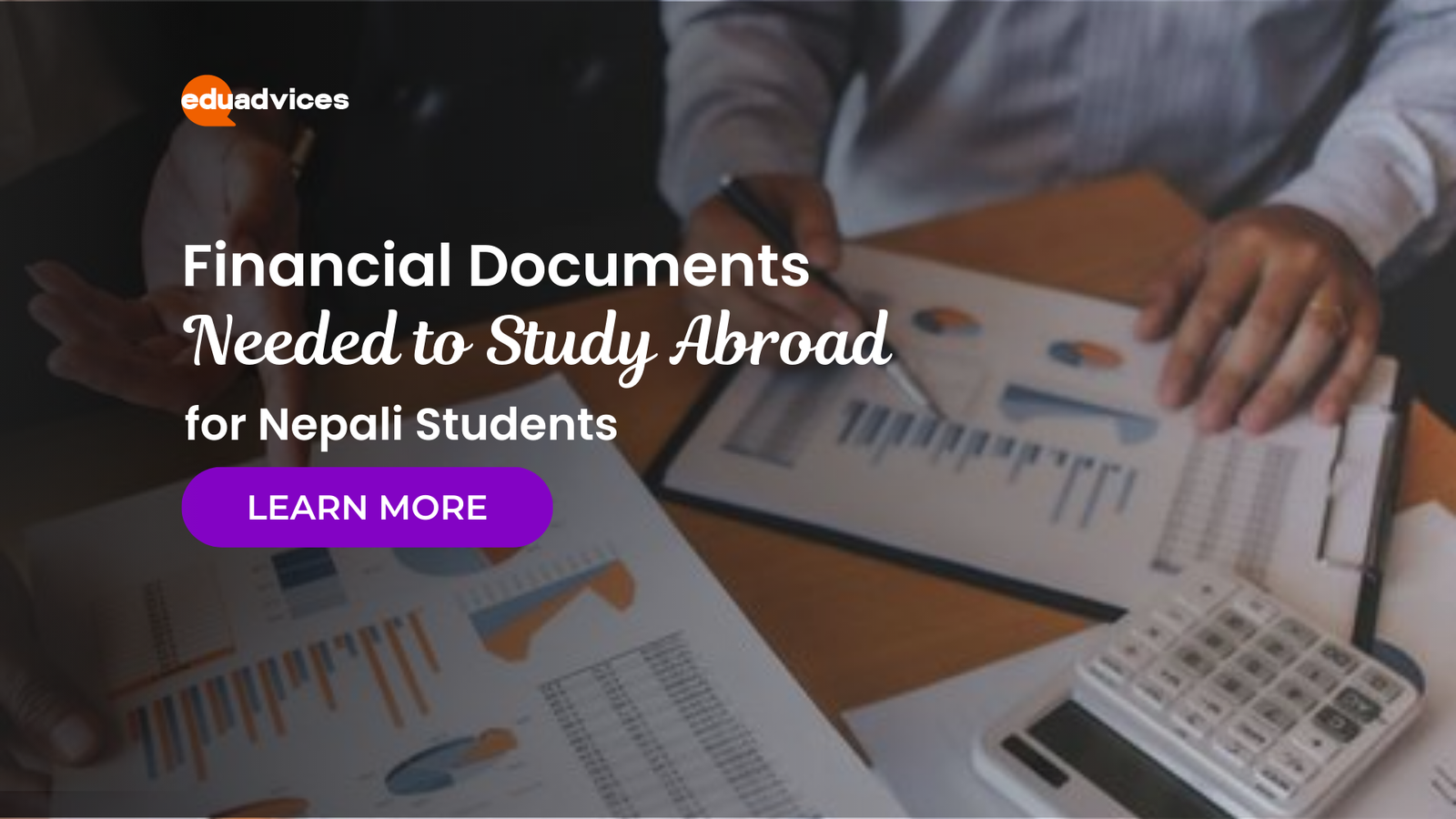Australia now ranks among the prime choices for Nepali students searching for superior education while pursuing long-term overseas residency. A high number of students focus on their academic work however numerous students additionally research possibilities for obtaining Permanent Residency in Australia.
Australian permanent residency status grants individuals unrestricted access to stay and work in the country extending to multiple social welfare advantages together with the path toward becoming an Australian citizen.
Nepali students must grasp all available PR options together with all eligibility conditions while understanding how the choice of courses impacts their chances. The following guide gives a comprehensive explanation of effective PR opportunity management in Australia.
Why Australia is a Popular Choice for PR
Australia has a clear and transparent PR process for International students which makes Australia a perfect destination for an International student.
Apart from a robust economy and universal access to top-quality health and education, the quality of life in Australia is also a driving factor for students from Nepal to study and reside in Australia.
Moreover, most of the regional areas in Australia promote skilled migrants to live there as they provide extra points for PR application. If eligible, these incentives have eased the developers’ pathway to PR status from the student visa.
Understanding PR Pathways in Australia
International students in Australia can find numerous pathways to PR, each with its own requirements and eligibility criteria. One of the renowned opportunities is the one of the General Skilled Migration (GSM) program where skilled workers can apply for PR based on their qualifications and work experience.
The General Skilled Migration (GSM) Program
The GSM program is among the most popular PR streams for overseas students. It operates on a points-based system whereby applicants are graded on a series of factors such as:
- Age
- English proficiency
- Educational background
- Work experience
There are three main visa subclasses available under this program that can be applied for by students:
- Skilled Independent Visa (Subclass 189): This visa is not sponsored by family, state or employer and is a points tested visa. An Expression of Interest (EOI) has to be submitted on Skill Select and the applicant has to receive an invitation to apply. The likelihood of receiving an invitation to apply increases with a higher points score.
- Skilled Nominated Visa (Subclass 190): Requires nomination from an Australian state or territory. Each state has its own set of requirements and occupation lists. Securing a nomination provides an additional five points in the PR application process.
- Skilled Work Regional (Provisional) Visa (Subclass 491): Designed for those willing to live and work in regional areas. This visa requires either a nomination from a state or sponsorship by an eligible family member residing in a designated regional area. After three years of living and working in a regional area, applicants can transition to PR under the Subclass 191 visa.
Post-Study Work Visa and Its Role in PR
After completing their studies, international students can apply for a Temporary Graduate Visa (Subclass 485), which allows them to stay in Australia temporarily to gain relevant work experience. This visa is categorized into two streams:
- Graduate Work Stream: For students who have completed coursework appropriate to a vocation on the Multi-Year Skill Strategy List. This visa is typically valid for 18 months, allowing graduates to gain work experience and strengthen their PR application.
- Post-Study Work Stream: For students who have completed a higher education degree from an Australian institution. Depending on the level of qualification, graduates may receive a visa valid for two to four years, providing more time to acquire relevant work experience and improve eligibility for a PR visa.
Employer-Sponsored Pathways
Another viable PR pathway is securing an employer-sponsored visa. Many Australian businesses face a shortage of skilled workers and are willing to sponsor international graduates for PR. Two common options are:
- Employer Nomination Scheme (Subclass 186): Allows employers to nominate skilled workers for PR, provided they have relevant work experience and meet the required skill assessment criteria.
- Temporary Skill Shortage (Subclass 482) Visa (TSS Visa): Serves as a stepping stone to PR, allowing international graduates to work for an employer in Australia for up to four years. After gaining the necessary experience, visa holders can transition to PR through the Employer Nomination Scheme.
Regional Pathways for PR
To encourage migration to less populated areas, Australia offers additional incentives for those willing to live and work in regional locations. Students who choose to study and work in designated regional areas may receive extra points on their PR application. The Subclass 491 visa, for example, requires candidates to live in a regional area for three years before applying for PR.
This pathway has gained popularity among international students due to the increasing PR opportunities available outside major cities like Sydney, Melbourne, and Brisbane. Choosing a regional university and career path aligned with regional needs can significantly boost PR prospects.
Selecting the Right Course for PR Eligibility
Choosing the right field of study plays a crucial role in determining PR success. Certain professions are in high demand in Australia, increasing the likelihood of securing PR. Some of the best PR prospects include:
- Nursing and Healthcare: Consistently in demand, with many job roles listed on the MLTSSL.
- Information Technology (IT): Software developers, data scientists, and cyber security analysts have strong PR potential due to the growing tech sector.
- Engineering: Civil, mechanical, electrical, and software engineering fields offer multiple PR pathways.
- Teaching and Social Work: Stable PR options as these professions remain in demand in both metropolitan and regional areas.
Key Steps to Applying for PR
Applying for PR in Australia involves a structured process that includes several steps:
- Identify the Best PR Pathway: Determine the most suitable PR visa based on qualifications, work experience, and eligibility criteria.
- Check the Skilled Occupation List: Ensure the selected occupation is listed on the relevant Skilled Occupation List.
- Achieve a High English Proficiency Score: Take English language tests such as IELTS or PTE, as English proficiency contributes to the points-based assessment.
- Gain Relevant Work Experience: Work experience in a skilled occupation significantly increases PR eligibility.
- Submit an Expression of Interest (EOI): Apply through SkillSelect and wait for an invitation to apply for PR.
- Provide Required Documents and Assessments: Submit all necessary documents, including health and character assessments, before receiving a final decision from the Department of Home Affairs.
Conclusion
For Nepali students aiming to secure PR in Australia, careful planning and strategic decision-making are key to success. By selecting PR-friendly courses, gaining relevant work experience, and utilizing available visa pathways, students can enhance their prospects of becoming permanent residents.
Seeking guidance from a reliable education consultancy specializing in Australian immigration can also be beneficial in navigating the complex PR application process.
With the right approach, securing PR in Australia is an achievable goal that can lead to a prosperous future in one of the world’s most sought-after destinations.







